An ancient Egyptian tapestry and the rubber boots Lois Hole wore while gardening. Both items tell stories of everyday life. And they're both part - perhaps an unexpected part - of the U of A's Anne Lambert Clothing and Textiles Collection.
"Most people come to the collection expecting to see a very specific sample of historical clothing - garments you might see in Downton Abbey," says Vlada Blinova, a researcher and collections manager who leads public tours. "[People are] often surprised to see that we also have lots of cultural textiles, tools and accessories."
Indeed, the donor-supported collection holds a seemingly bottomless well of artifacts - more than 23,000 pieces that span 350‑plus years of history - that expand our understanding of the world. Students, researchers and other curious folks can learn first-hand about historical and cultural traditions from around the globe. Here are a few objects that tell us stories about the world that once was.
You can sign up for a public tour by appointment.
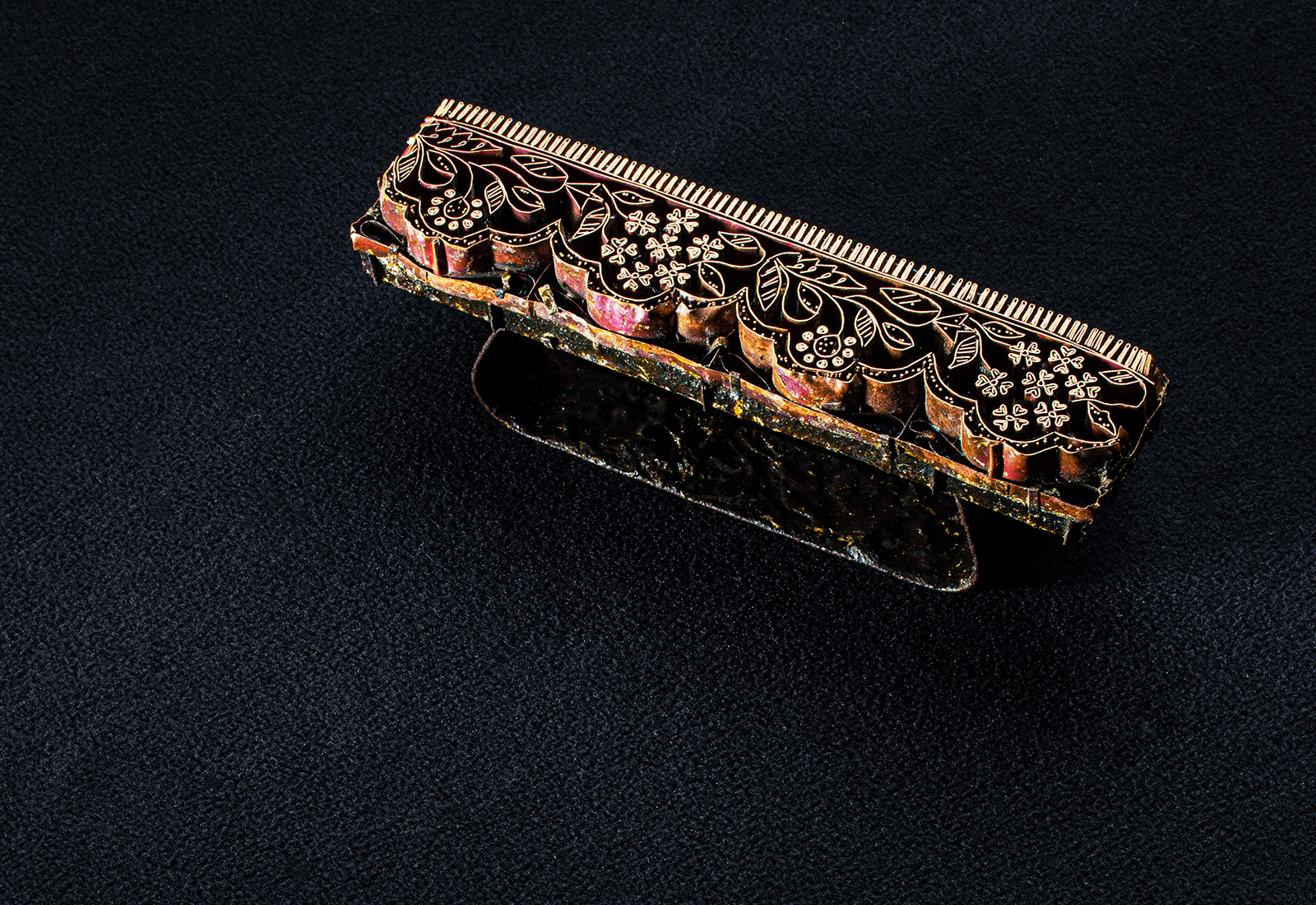
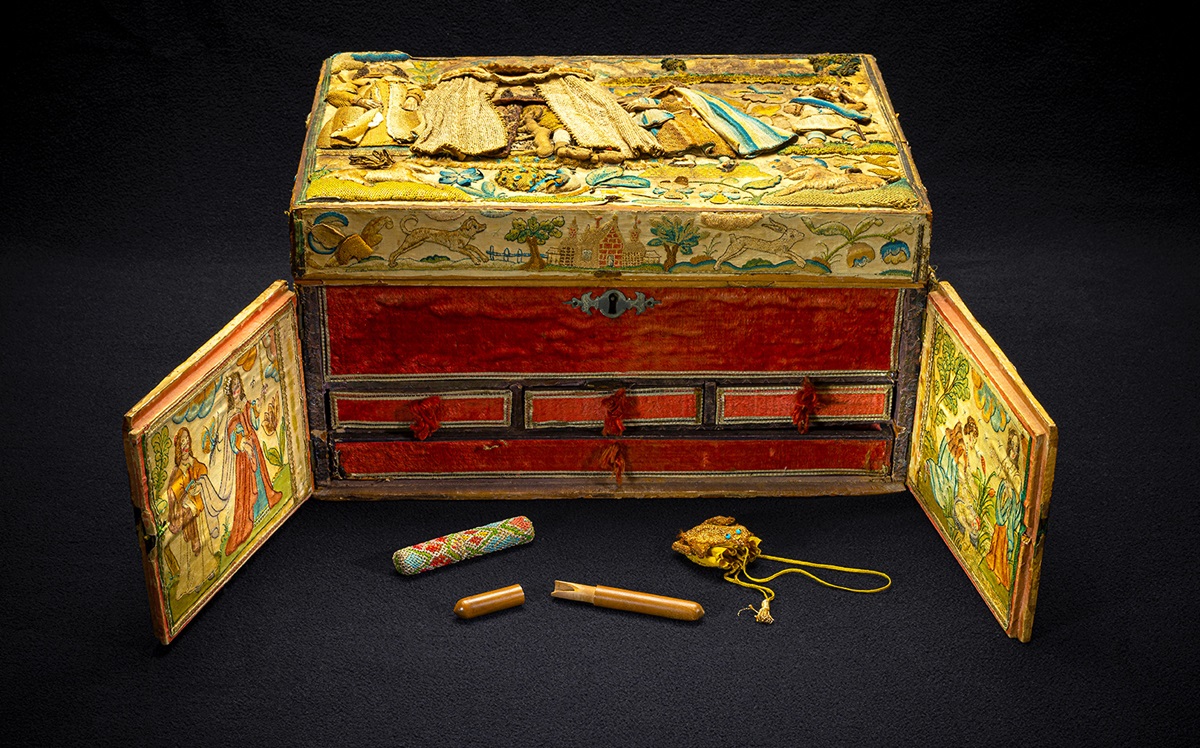
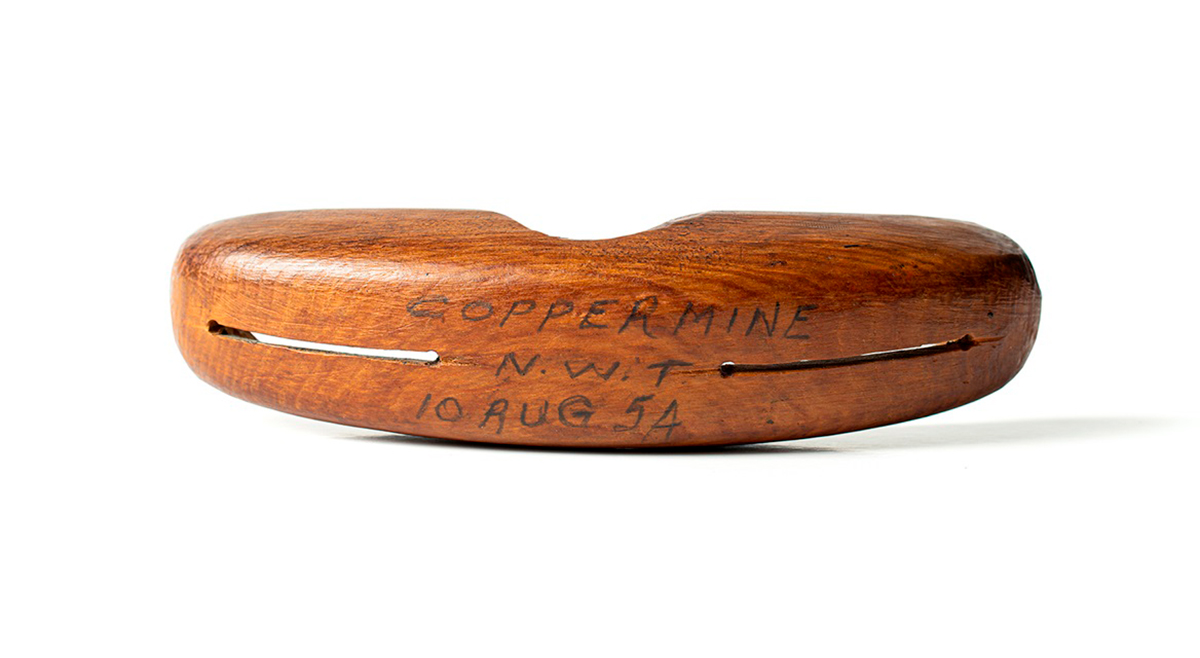
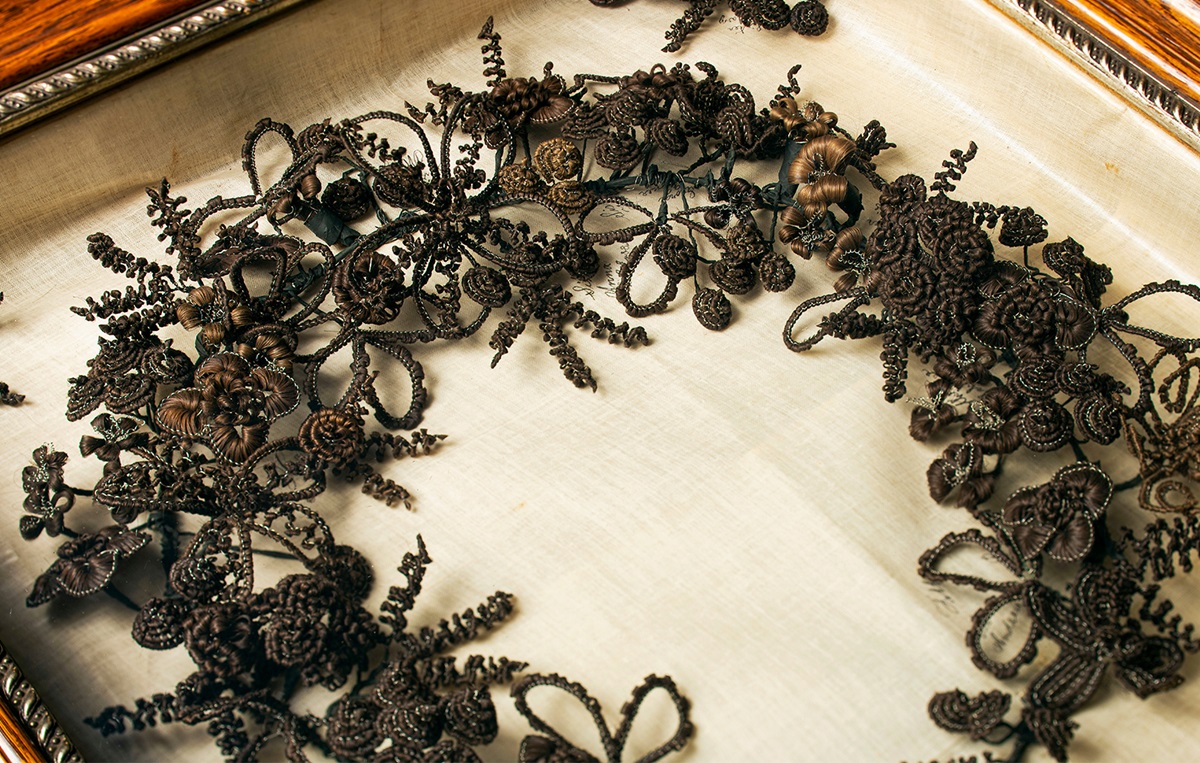
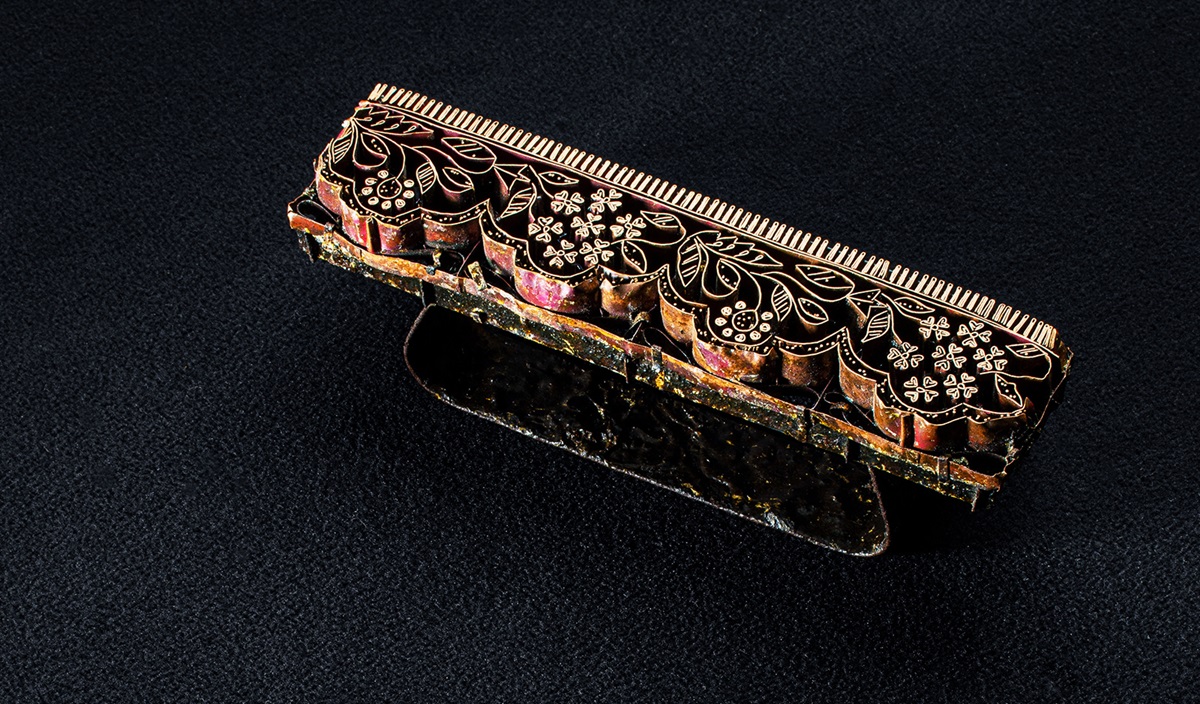
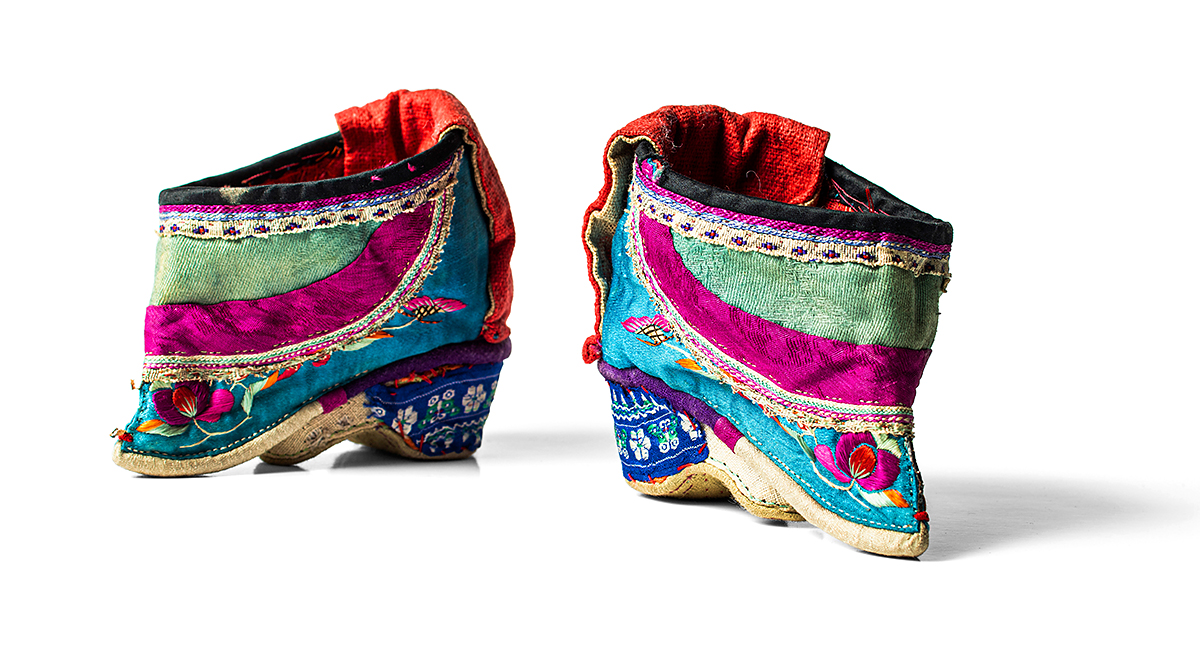
We at New Trail welcome your comments. Robust debate and criticism are encouraged, provided it is respectful. We reserve the right to reject comments, images or links that attack ethnicity, nationality, religion, gender or sexual orientation; that include offensive language, threats, spam; are fraudulent or defamatory; infringe on copyright or trademarks; and that just generally aren’t very nice. Discussion is monitored and violation of these guidelines will result in comments being disabled.